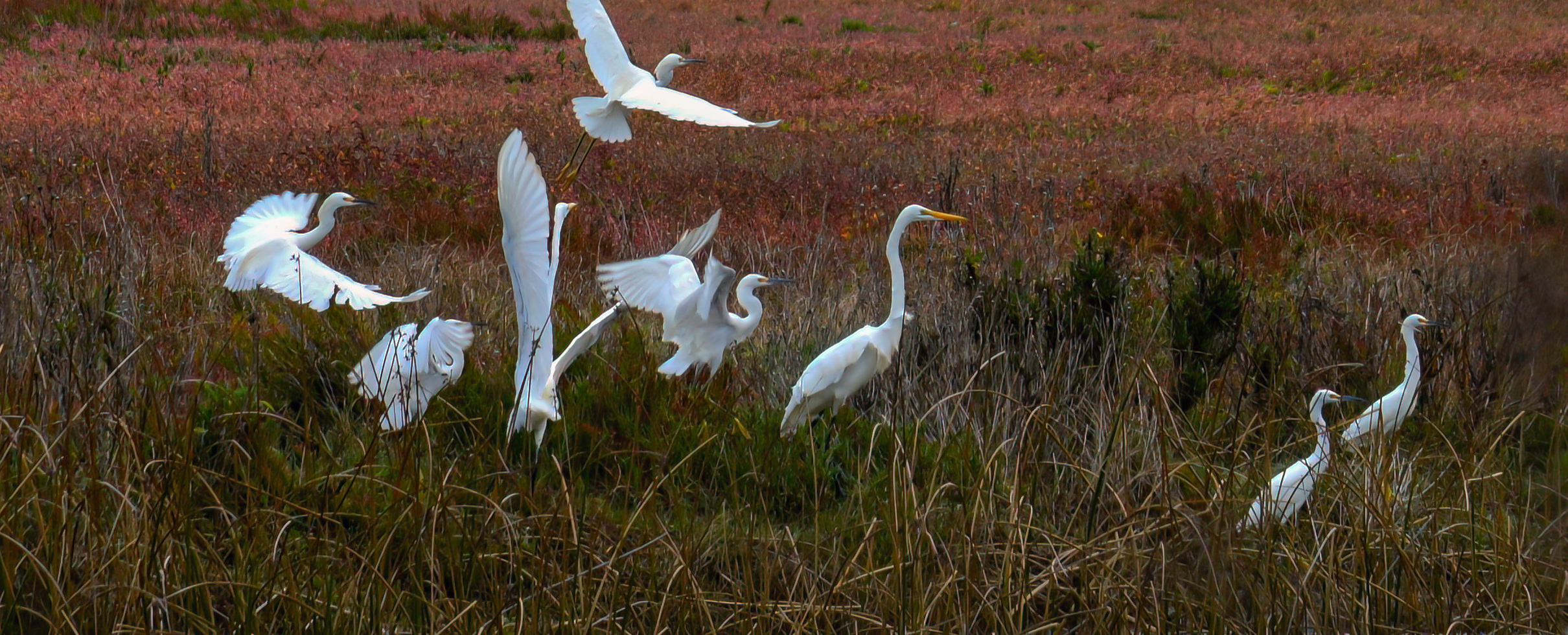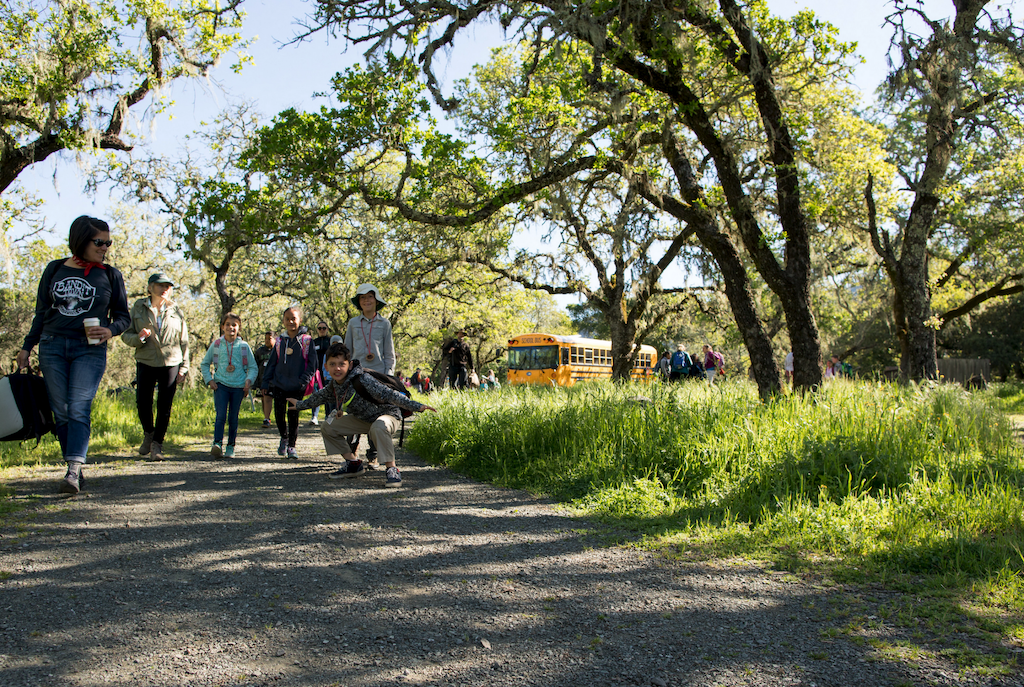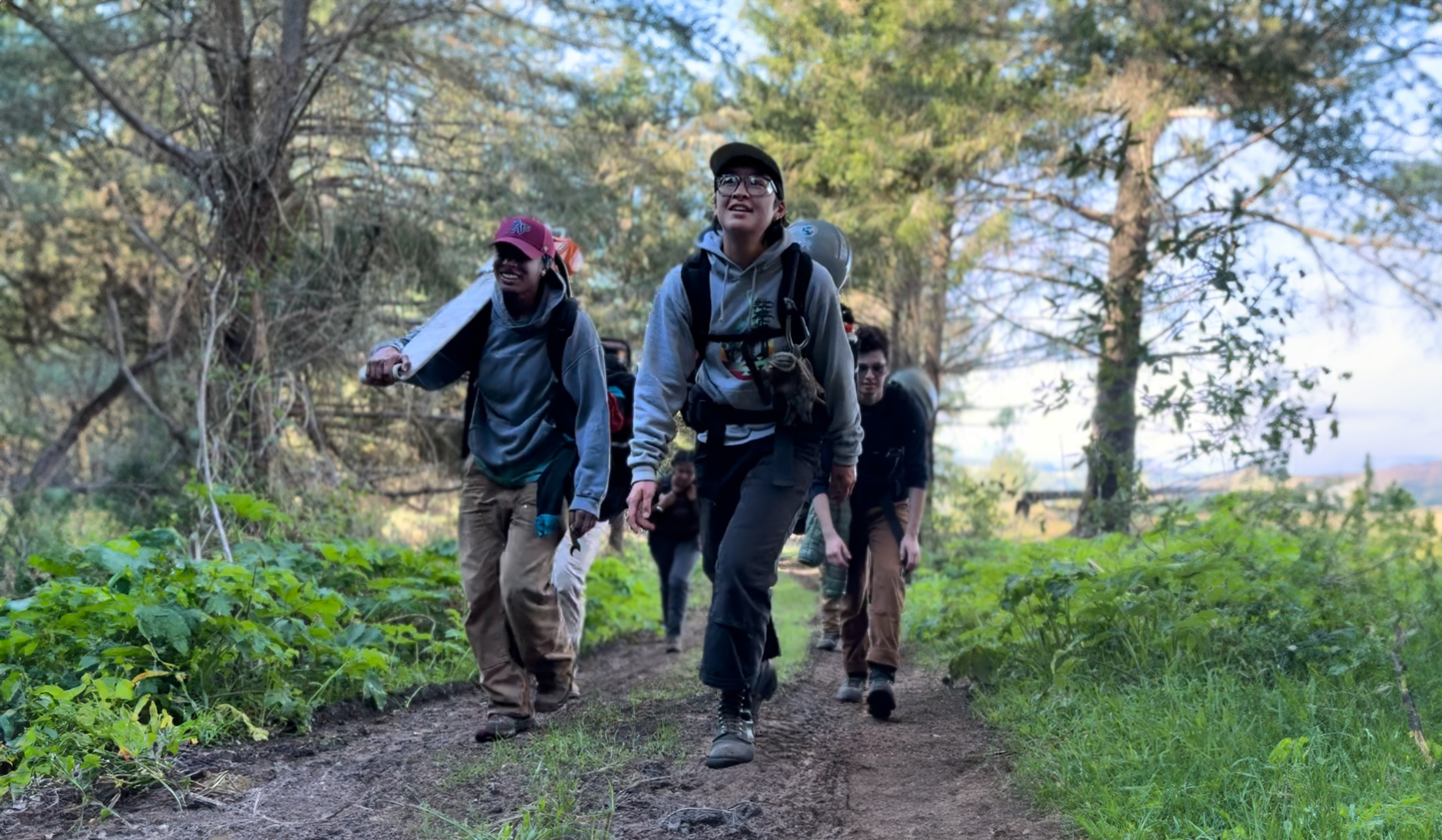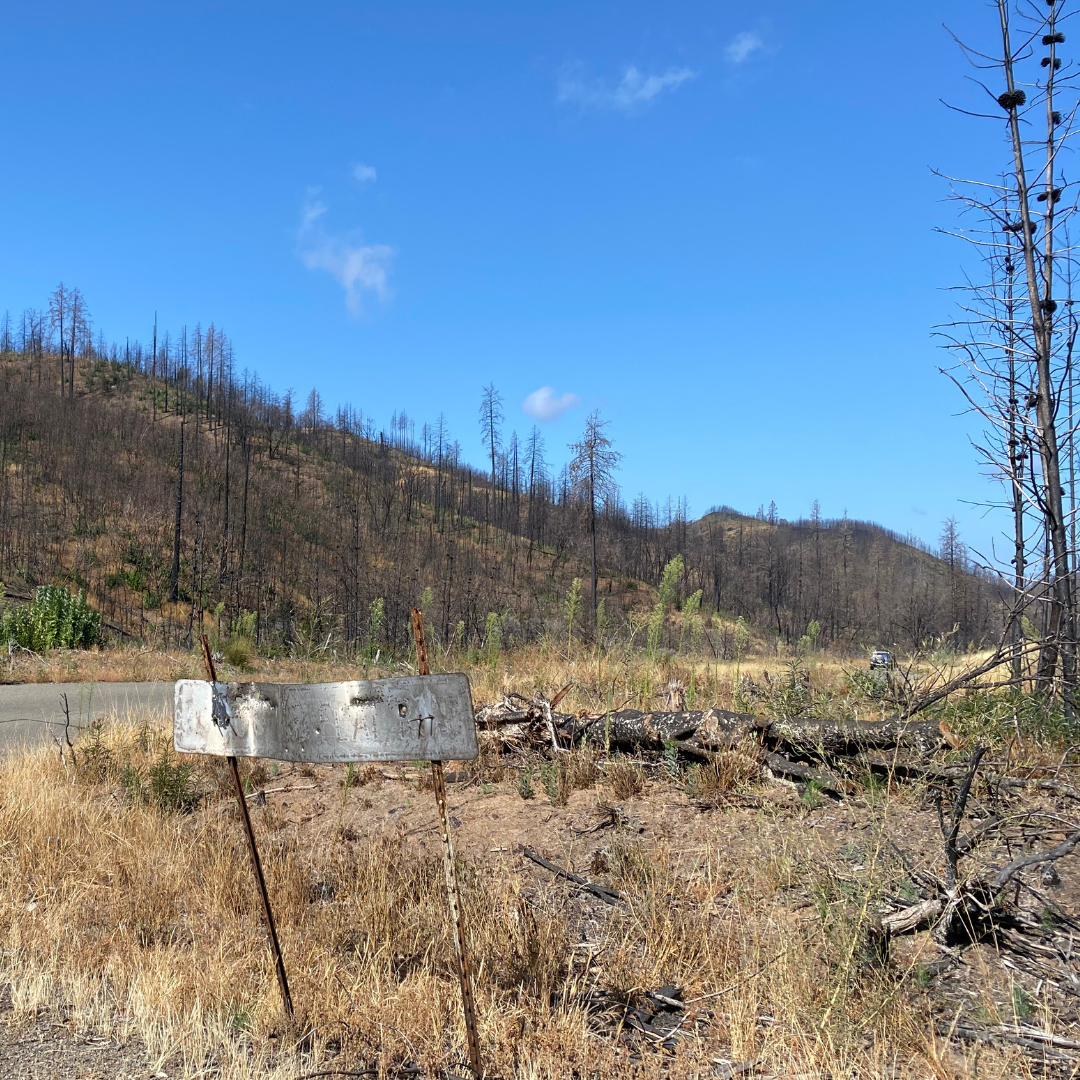|
Getting your Trinity Audio player ready...
|
Creating a world where the diversity of life thrives
Last year, we set out to strengthen partnerships, empower teams, create new leaders, and develop a cohesive strategy – one that will result in a world where the diversity of life thrives, and nature benefits all.
To chart our course, we talked to each other (staff and board), our volunteers, funders, and collaborators as part of a year-long strategic planning process. All told, fully 132 people provided input, totaling 1,600 lines of data, and over 17,600 words. These conversations were foundational for developing the content of our plan and, as well, for strengthening the relationships we will need to be successful.
We have a new mission, a new vision, and a new set of values and we are already putting them into practice, every day.
Read our 5-year plan for resilience, below, or explore the detailed plan >

New mission, vision, and values
Our mission — Connecting nature, people, and science for a more resilient world.
Our vision — A world where the diversity of life thrives, and nature benefits all.
Our values
- Heart. We care about the work and each other. We approach our work with humility, generosity, and compassion.
- Boldness. We work for change, questioning assumptions. We take the right risks. We are adventurous and creative.
- Impact. We aim to make a significant difference for nature and people. We set clear goals and work smart to meet them.
Two strategic initiatives emerge from planning process
To make a difference most effectively for nature and people, our 2023–2028 Strategic Plan focuses on resilience at several scales and, specifically, across two strategic initiatives: Resilient Lands and Waters and Empowered and Inclusive Communities. These initiatives include detailed outcomes for landscape-scale thinking and doing through strong collaborations, formal partnerships, and information sharing. Critically, they commit us to include more people, with diverse world views, who have the necessary skills and motivation to make positive change.

The Resilient Lands and Waters initiative
Good Fire. We will improve capacity to implement cooperative burns; conduct more complex, ecologically driven prescribed burn projects; be a trusted resource and partner; and increase California’s recognition of prescribed fire as a critical tool for use by practitioners outside the fire service.
Lasting impacts include communities that are safer from wildfire and connected with landscapes through fire stewardship, and that fire regimes (frequency and intensity) are restored to promote ecosystem function.
Science for Stewardship. We will publish reports on stewardship activities; design management plans for stewarding dynamic habitats; evaluate the resilience of the lands we hold; and provide accessible data on resources and activities.
Lasting impacts include co-production of knowledge by a diverse set of community members to increase biodiversity across multiple scales and new understandings shared widely and rapidly.
Impact Stewardship. We will reduce invasive plants and animals; enhance biodiversity and restore streams, riparian corridors, and watersheds; amplify impacts by collaborating, sharing, and learning from others; and enhance connectivity of habitats.
Lasting impacts include Bay Area landscapes that are more connected and resilient, and thriving plants and animals in Bay Area forests, waterways, and grasslands.
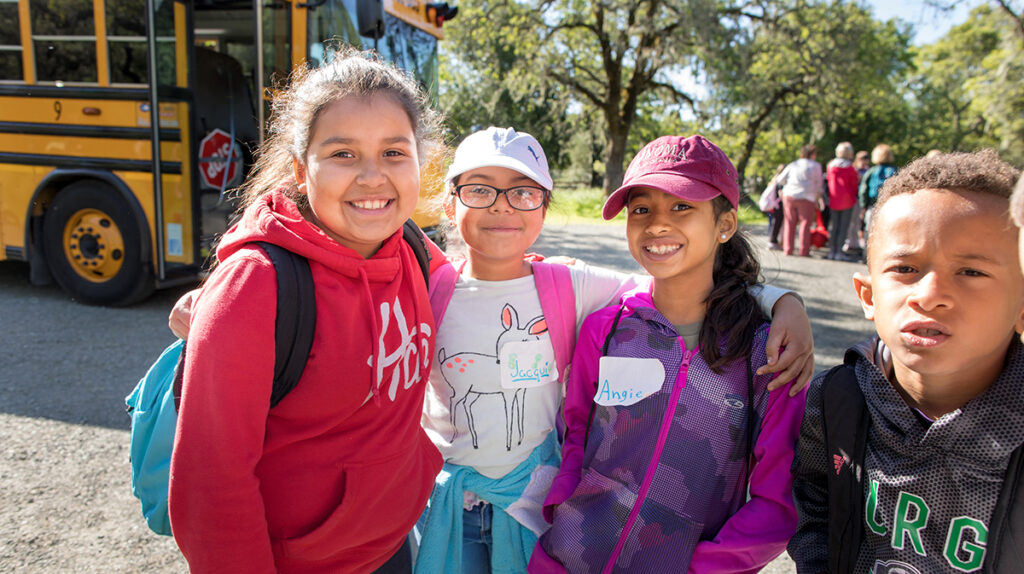
The Empowered and Inclusive Communities initiative
Most conservation work has excluded Black, Indigenous, and People of Color — the very people who contribute the least to environmental degradation yet are disproportionately impacted by it. Because of this exclusion, mainstream conservation efforts have not met the needs of all members of society and have not benefited from ideas generated from diverse worldviews and lived experiences.
We believe including more people in conservation efforts will build more durable outcomes, and that living-wage careers in conservation will empower local communities to make real and lasting change.

The Empowered and Inclusive Communities initiative focuses our work in three distinct areas:
Equitable Access to the Land. We will engage visitors with an experience that stirs their heart and rekindles their connection to nature; grow collaborative relationships with organizations serving people from historically excluded communities; and welcome communities historically excluded from the outdoors.
Lasting impacts include preserves serving as community resources, participants feeling a sense of reciprocity with the land, and more engagement with Black, Indigenous, and People of Color.
Activated Youth. We will increase engagement of marginalized communities in our youth programs; see participants recognizing ways the natural world helps them and ways they can help the natural world; and increase the number of youth participants.
Lasting impacts include young people being more connected to the landscapes around them and feeling empowered to take positive action to support stewardship.
Skill Building and Training. We will provide more hands-on training, with at least half of participants from historically excluded communities; see participants moving into positions that advance conservation and nature education; support more land stewardship, conservation action, and environmental education; and contribute to a practice in which ecological knowledge and education are held and shared by all.
Lasting impacts include more capacity for land stewardship and ecological restoration throughout the region, and as a result, more effective work.
Take a closer look at the outcomes we expect within the next 5 years and beyond >
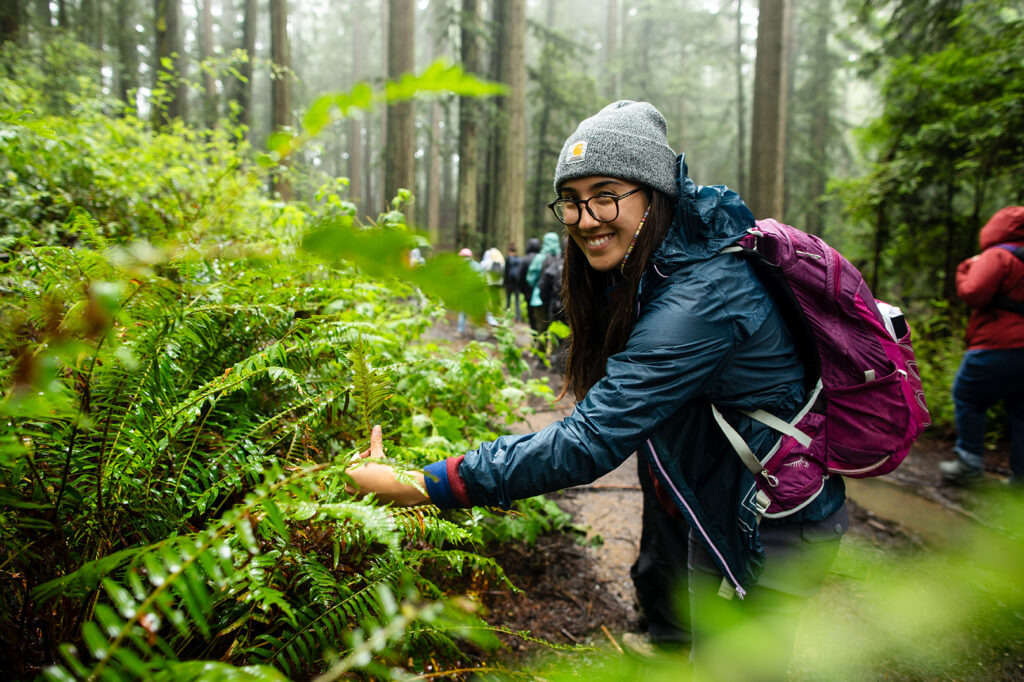
Join us!
Your generous support of Audubon Canyon Ranch will have a significant impact on the lands, waters, and communities of the North Bay today and for years to come. Learn more at egret.org/membership
